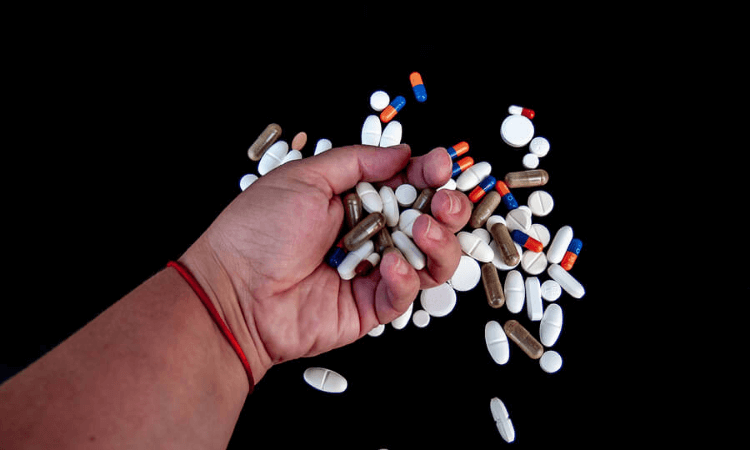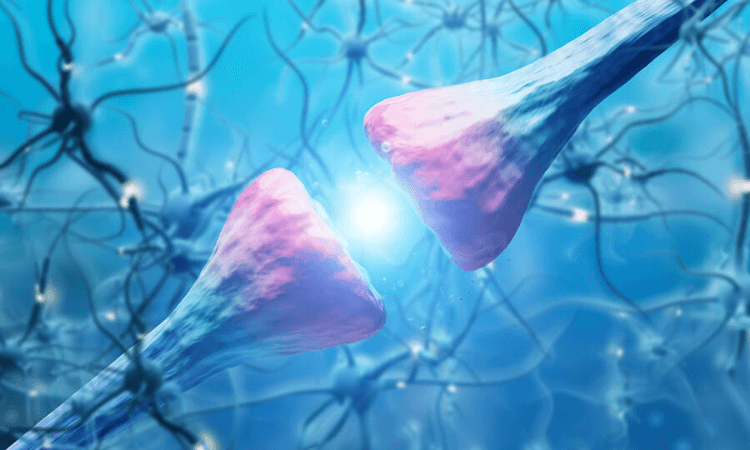
Reverse tolerance, also referred to as drug sensitization, is essentially the opposite of tolerance to drugs or alcohol. Tolerance develops when regular drinking or drug abuse induces changes in the brain’s structure and function, and metabolism adapts to the continuous presence of substances in the body.
This effect results in an individual requiring increasingly higher doses of the substance to achieve the desired effect. Conversely, reverse tolerance occurs when increasingly smaller doses of a substance are needed to become high or intoxicated.
Causes of Reverse Tolerance
When people use alcohol or certain drugs, their tolerance will usually increase. The liver itself, though, is not what becomes more tolerant of higher doses of substances such as alcohol. For this reason, over time, it may no longer produce the proper amount of enzymes.
This effect is related to the fact that many of the cells needed to break down the alcohol have been destroyed. Therefore, a reduction in liver function results in a reduced tolerance and may be a sign of late-stage alcoholism in a long-term alcohol abuser.
Other Forms of Tolerance
Most people are not aware that there are actually several forms of tolerance to substances, each of which has some effect on the processes of addiction. It is true that tolerance often leads many people who are vulnerable to addiction to use increasing amounts of a substance to fulfill their needs. However, there is a bit more to it. The following describes the other six types of tolerance.
Acute Tolerance
Acute tolerance is a process in which the brain and central nervous system (CNS) enable processes to reduce the effects of a substance immediately. An example of one of the most common substances is nicotine. Nicotine use not only produces acute tolerance but in some cases, may increase tolerance throughout the course of a day for some who smoke.
Other examples include hallucinogens, such as LSD, psilocybin mushrooms, Ecstasy, etc. During acute tolerance, in most cases, the effects of these substances will be mitigated by the reduction of receptor sites in the brain related to each specific substance and even possibly for particular classes of substances.
Behavioral Tolerance

People who are experienced drug or alcohol users may exhibit behavioral tolerance. This form is often characterized by adjustments in appearance and behavior to conceal the extent of their substance abuse. Some long-term, heavy users are able to abruptly appear sober when they encounter a threat, such as that posed by law enforcement.
This improved state of functioning may then pass when the threat does. This effect can also manifest when an individual who is high or intoxicated encounters sudden and dramatic/traumatic circumstances. In this situation, the brain can rapidly refocus on the threatening event, and the high will be reduced or effectively eliminated.
These effects are reminders that the human brain is an extraordinary organ and is capable of rapidly adapting to different chemicals and circumstances. Behavioral tolerance appears to allow the brain to make use of regions unaffected by the substance in question to recover, at least for a time, from the effects of being under the influence of a psychoactive substance.
Dispositional Tolerance
The brain cannot dispose of drugs and alcohol on its own. In most instances, the brain depends on the interplay between neurochemicals and receptors, but certain substances interrupt this process, which results in the brain becoming unable to respond.
During dispositional tolerance, the body is forced to take over this responsibility. It achieves this by accelerating metabolism so that the blood can circulate the extraneous substances more rapidly for elimination by the liver. This action mitigates the effects of the substance. Similar to what we think of as normal tolerance, this results in the user requiring more and more of the substance to achieve the desired effect.
Inverse Tolerance
Inverse tolerance is a phenomenon not wholly understood. This form of tolerance has two fundamental characteristics that make it more difficult to analyze and understand. Inverse tolerance is virtually the same thing as what is known as the Kindling Effect. This effect refers to changes in the brain and CNS regarding the manner in which chemicals are processed.
The Kindling Effect is hallmarked by either sensitization or desensitization to a substance. As noted, sensitization might be caused by long-term alcohol use that results in harm to the liver and the body’s ability to process alcohol. Desensitization, on the other hand, occurs when the effects of a chemical become more intense.
Inverse tolerance can significantly impact relapses during recovery attempts, and lead to an increase in the duration and severity of symptoms associated with withdrawal.
Pharmacodynamic Tolerance
Pharmacodynamic is a form of tolerance in which the brain enacts processes intended to reduce the effects of a foreign substance. For example, nerve cells, reuptake and receptor sites, and transmission processes can be altered by the brain to increase desensitization to the substances. This can produce an antidote-like effect by increasing the amount of receptors required to distribute the chemical across a broader range of sites, which mitigates the effects.

Select Tolerance
Like inverse tolerance, select tolerance is not entirely understood. However, in general, it refers to the fact that, in some instances, the brain will reduce some of the effects a substance produces, but it may not reduce all of them. For example, some people who smoke marijuana for a prolonged period will become less able to experience euphoria. This occurs despite the fact that other parts of the body, such as the lungs, throat, and cannabinoid receptors, are unquestionably being affected.
This effect could be hazardous in cases in which higher doses of a substance are being used to compensate for the development of a select tolerance to a particular substance. Moreover, a heroin user may not be feeling the “high” they are seeking, although the drug continues to have severe effects on other parts of their body.
To achieve the desired high, the user may consume more than usual. In doing so, they put themselves at a heightened risk for a life-threatening overdose because they are unaware that toxicity levels are higher than they actually are.
All Forms of Tolerance Can Be Harmful or Dangerous
The problem with most forms of tolerance is that they prevent the body from functioning as it should. As a result, addicts are compelled to consume more of a substance in an effort to circumvent the effects of tolerance. This pattern of substance use can perpetuate a dangerous cycle that must be halted as quickly as possible.
And, unfortunately, even people who use legitimate pain medication, sleep aids, or other prescription drugs are susceptible to the development of tolerance as well as dependence and addiction.
Getting Help for Addiction
If you or someone you love are experiencing drug abuse and tolerance, please seek help immediately before the condition worsens. Addiction is a lifelong disease, but, fortunately, it can be effectively treated. Individuals who suffer need evidence-based, professional help in the form of behavioral therapy and counseling.
Recovery in Tune offers integrated outpatient treatment programs that address substance abuse issues as well as the underlying causes of addiction and other mental health issues. We aim to provide all clients with the tools and support they need to achieve a full recovery and foster long-term sobriety and wellness.
If you are ready to begin your recovery journey and reclaim the life you deserve, contact us today to find out how we can help!